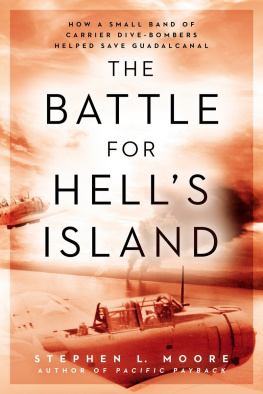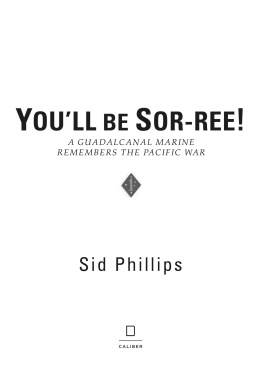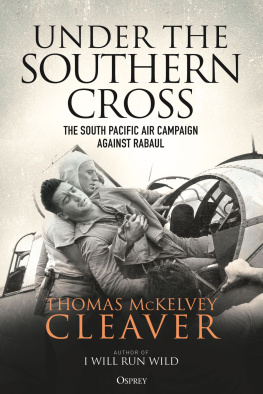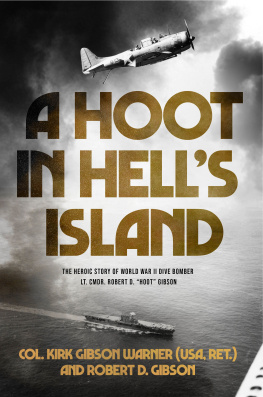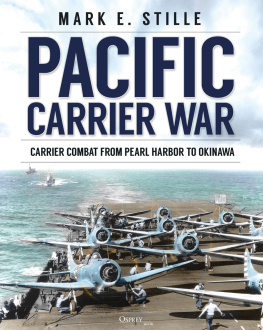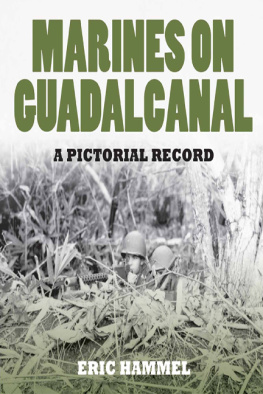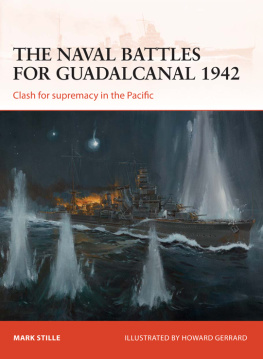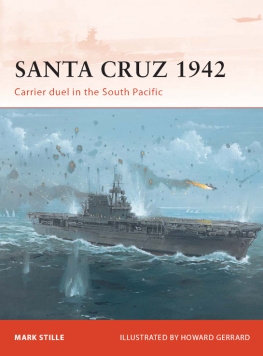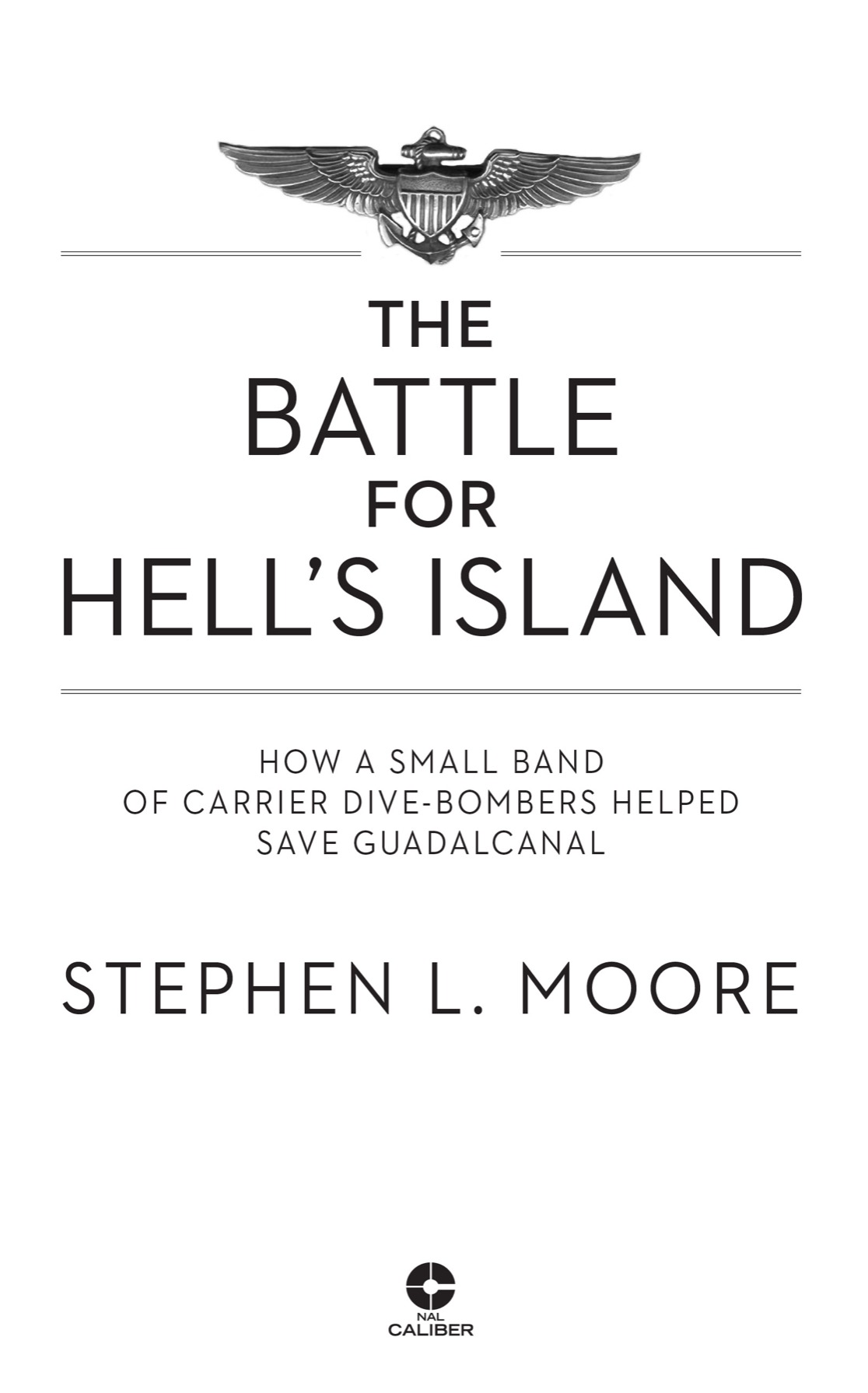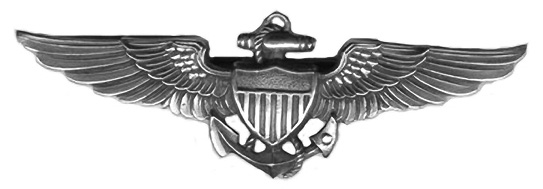OTHER BOOKS BY STEPHEN L. MOORE
Pacific Payback: The Carrier Aviators Who Avenged Pearl Harbor at the Battle of Midway
Texas Rising: The Epic True Story of the Lone Star Republic and the Rise of the Texas Rangers, 18361846
Battle Surface!: Lawson P. Red Ramage and the War Patrols of the USS Parche
Presumed Lost: The Incredible Ordeal of Americas Submarine Veteran POWs of World War II
Savage Frontier: Rangers, Riflemen, and Indian Wars in Texas. Volume IV: 18421845
Last Stand of the Texas Cherokees: Chief Bowles and the 1839 Cherokee War in Texas
War of the Wolf: Texass Memorial Submarine, World War IIs Famous USS Seawolf
Savage Frontier: Rangers, Riflemen, and Indian Wars in Texas. Volume III: 18401841
Spadefish: On Patrol with a Top-Scoring World War II Submarine
Savage Frontier: Rangers, Riflemen, and Indian Wars in Texas. Volume II: 18381839
Eighteen Minutes: The Battle of San Jacinto and the Texas Independence Campaign
Savage Frontier: Rangers, Riflemen, and Indian Wars in Texas. Volume 1: 18351837
Taming Texas: Captain William T. Sadlers Lone Star Service
The Buzzard Brigade: Torpedo Squadron Ten at War
(with William J. Shinneman and Robert W. Gruebel)

Published by New American Library,
an imprint of Penguin Random House LLC
375 Hudson Street, New York, New York 10014
This book is an original publication of New American Library.
First Printing, November 2015
Copyright Stephen L. Moore, 2015
Maps by Chris Erichsen
Penguin Random House supports copyright. Copyright fuels creativity, encourages diverse voices, promotes free speech, and creates a vibrant culture. Thank you for buying an authorized edition of this book and for complying with copyright laws by not reproducing, scanning, or distributing any part of it in any form without permission. You are supporting writers and allowing Penguin Random House to continue to publish books for every reader.
NAL Caliber and the NAL Caliber colophon are trademarks of Penguin Random House LLC.
For more information about Penguin Random House, visit penguin.com.
LIBRARY OF CONGRESS CATALOGING-IN-PUBLICATION DATA:
Moore, Stephen L.
The battle for Hells Island: how a small band of carrier dive-bombers helped save Guadalcanal/Stephen L. Moore.
p. cm.
ISBN 978-0-698-18636-1
1. Allied Air Forces in the Solomons. 2. Guadalcanal, Battle of, Solomon Islands, 19421943.
3. World War, 19391945Aerial operations. 4. United States. Army Air Forces. Air Force, 13th.
I. Title.
D767.98.M66 3015
940.54'265933dc23 2015016506
PUBLISHERS NOTE
While the author has made every effort to provide accurate telephone numbers and Internet addresses at the time of publication, neither the publisher nor the author assumes any responsibility for errors, or for changes that occur after publication. Further, publisher does not have any control over and does not assume any responsibility for author or third-party Web sites or their content.

Version_2
PREFACE
I f youre going to miss with your bomb, you might as well stay home and let a good pilot take your place.
The sharp words still sizzled in Lieutenant Birney Strongs mind as he looked at the perfect scene playing out before him. Fourteen thousand feet below on the blue Pacific surface were the distinctive flat lines of two Japanese aircraft carriers. Birney had a determined calm about him as he briefly eyed the thin white wakes streaming behind the gleaming yellow-hued hardwood flight decks far below his dive-bomber.
I couldnt ask for a better setup, he thought. A dive-bomber pilots dream.
He had not felt as happy the night before as he sat in the carrier Enterprises wardroom. The ships air officer, Commander John Crommelin, had lectured his aviators about what he expected from them the following day. Birney puffed on his cigarette and gulped black coffee as the commander barked, The Japs are determined to drive us out of the south Pacific. If they get through to Guadalcanal with their carriers tomorrow, the Japs will take it. If Guadalcanal falls, our lifeline to Australia will be menaced.
Crommelin emphasized that his aviators were to concentrate on knocking out the enemys carriers. The comment about letting a good pilot take your place if necessary had particular harshness for Birney Strong that was not felt by the more junior aviators. Just two months before, he had sighted and reported a Japanese carrier force off the Solomon Islands. Instead of attacking, he had led his wingman home, a decision he had regretted for weeks. Crommelin had of course chastised Strong for his decision not to attack. Since that day, most of Strongs squadron had been granted leave back to the States, but not Birney. He had been ordered right back out to the Pacific war zone to continue the fight for Guadalcanal. Now the third senior pilot of a new scout-bombing carrier squadron, he had one goal: to prove his valor to Commander Crommelin by blasting the next Japanese carrier he faced.
In his own mind, however, Birney had nothing to prove to himself. He had been involved in almost every major Pacific offensive since the start of World War II ten months ago. The handsome, blond-haired, blue-eyed pilot had a swagger of confidence that he had earned. In February, he was one of the first pilots to attack Japanese shipping in the Gilbert Islands. In March, he had attacked Japanese shipping in the New Guinea harbors of Lae and Salamaua. In early May, he made three more attacks against Japanese ships in Tulagi Harbor in the Solomons. Strong dive-bombed the Japanese carrier Shoho three days later during the Coral Sea carrier battle and then used his SBD Dauntless dive-bomber like a fighter to battle Japanese Zero fighters attacking his own task force.
Lieutenant Strong was a top-notch pilot who had racked up eight hundred flight hours since graduating from the U.S. Naval Academy in 1937. His awards already included a Navy Cross, an honor second only to a Medal of Honor. He was good at what he did, and was not afraid to let others know of his confidence. He knew that some considered him to be arrogant. But the cocky scout pilot from Washington, DC, needed more than his impressive record to restore the goodwill of his air officer. Strongs failure to attack the Japanese carrier in August off the Eastern Solomons was a personal mission to correct.
Now, on the morning of October 26, 1942, was his fresh chance. High above the Pacific, Birney Strong was leading one of the eight teams of SBDs on the early scout-strike mission. He was fired up and ready to make his bomb count. I think youll find the yellowbellies are in your sector, Birney told his squadron skipper before takeoff. When you find them, call out loud.

